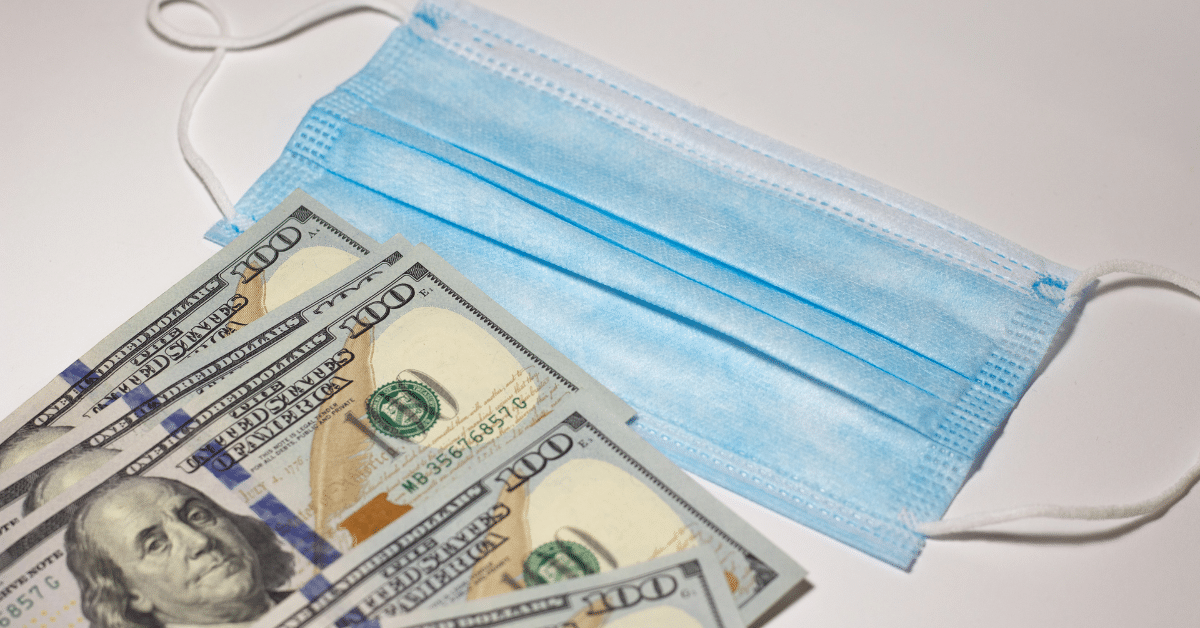Healthcare consumerism: it might sound like another HR buzzword or passing trend, but it’s not. The idea is to help your employees better understand and use their benefits, in a way that empowers them to make better financial decisions and prepare for the future.
Easier said than done, right? It turns out that we still have a lot of work to do to accomplish those goals—and there are just a few things we’ve gotten wrong about healthcare consumerism over the years.
That’s why we’ve put together this comprehensive guide with everything you need to know about healthcare consumerism, including recent data to show increasing costs, basic definitions, and actionable strategies to reduce both employee and employer healthcare spending. Each section also includes further resources for a deeper dive on the topic. So hop in, and you’ll be on your way to savvier healthcare consumerism in no time.
Why Are Healthcare Costs Rising? (And What Employers Can Do About It)
At this point, no one’s shocked to hear the statement, “Health costs are on the rise.” But the pandemic has put us in an even more unique situation, further driving an increase in costs. For HR teams, it’s imperative to wrap your head around why this is happening—so that you can counteract rising healthcare costs with new strategies.
To get an idea of the scope of healthcare cost increase, take a look at these recent stats:
- Overall cost: Employee health care cost is the second-biggest expense for U.S.-based businesses. The $1.2 trillion American employers spend on healthcare annually is only eclipsed by payroll costs. 🤯
- Care deferral: Because of the pandemic, 40% of employees elected to postpone or cancel basic healthcare appointments. McKinsey estimates that this and other indirect effects could translate to a $125-200 billion increase in annual U.S. health system cost.
- Healthcare vs. average salaries: In the past decade, the cost for average family premiums increased by 55%. Compared to wages, which have only increased 27%, it’s clear that the cost of healthcare is too much for employees to handle.
And thanks to COVID, employees were even more concerned about their personal finances this year—and behavioral health conditions will likely balloon, potentially causing long-term impacts to our healthcare system.
In short, the past year created a perfect storm of events that will have significant implications for healthcare costs.
Learn more about why healthcare costs are rising, plus 6 strategies to address it.
What Is Healthcare Consumerism? (And How We Got It Wrong)
Need a simple healthcare consumerism definition? It’s the practice of empowering employees to make smarter healthcare decisions, increasing their overall physical and financial wellness as a result.
We’ve already touched on the rising cost of healthcare, a significant driver in healthcare consumerism. But both COVID-19 and a lack of employee engagement in health benefits have also furthered the need for this new HR practice.
Unfortunately, employers are striking out when it comes to successful healthcare consumerism, and here’s why:
- Companies focus too much on their own cost, essentially attempting to split health care bills with employees (with the goal of lowering claim costs, payroll taxes, and creating more productive employees). This isn’t empowering or allowing employees to make the best financial decisions for themselves. Instead, it’s prioritizing the business’s needs.
- Employers forget that employees only engage with health plans when they need them. By providing lackluster support and resources, they expect their staff to be year-round experts on healthcare benefits, a nearly impossible feat for anyone.
You can create the best benefits package possible, but it will be a waste of money and resources if your employees aren’t choosing and using their benefits wisely. For that reason, you can’t just treat healthcare consumerism like a box to check on your list. Avoid the pitfalls of other companies by helping your team navigate and understand their healthcare choices.
Get a more in-depth healthcare consumerism definition, and more tips to effectively achieve this practice.
How to Help Your Employees Save Money on Healthcare
If you haven’t gathered by now, one of the main goals of healthcare consumerism is to help your employees figure out how to save money on healthcare amidst increasing national costs.
While we’ve touched on a few high-level tactics, the leading cause of waste is misusing healthcare plans. So here are a few direct ways to help your team members better utilize their benefits while saving some cheddar:
1. Select the right plan
Choosing the right healthcare plan can be like finding the right life partner—time-consuming, full of online/app-based research, confusing, disappointing, but also full of surprises. So how can you help your employees find the healthcare plans (which will also help them save money)? Find out here.
2. Share resources that will guide healthcare spending decisions
As we’ve said, you can’t expect your team to be year-round healthcare experts. After all, you’ve likely hired them to perform another job completely. Don’t let them waste precious time figuring out the best bang for the buck when it comes to medical expenses. Share resources like GoodRx, encourage telemedicine use, and explain why using urgent care vs. the ER is much more cost-effective.
3. Encourage HSA usage
HSAs are the unsung hero of saving money for employees with high-deductible health plans (HDHPs). Use our Complete Guide to Health Savings Accounts to understand why HSAs are so important, how to encourage higher adoption and contributions, and all the benefits communication tools you’ll need to help your employees get on board the HSA train.
For even more tactics to help your employees save money on healthcare, check out the full article.
5 Innovative Cost-Saving Ideas from Today’s Leading Human Resources Teams
As you probably realize, the name of the game for healthcare consumerism is saving money. But that doesn’t just apply to your employees but your organization as well. As an HR leader, you also want to focus on how HR can save the company money in tandem with helping employees cut costs.
That’s why we’re concluding with cost-saving insights from five innovative organizations that your HR team can adopt:
1. Tap your HR rookies for ideas
2. Identify workplace “influencers”
3. Stay virtual
4. Consider alternative providers
5. Try Centers of Excellence
Learn more about these tactics and other innovative cost-saving ideas for HR teams.
Healthcare consumerism is the way of the future for HR teams. While this guide offers you everything you need to know to comprehend and apply the concept, tools like ALEX can help you put it into practice.


